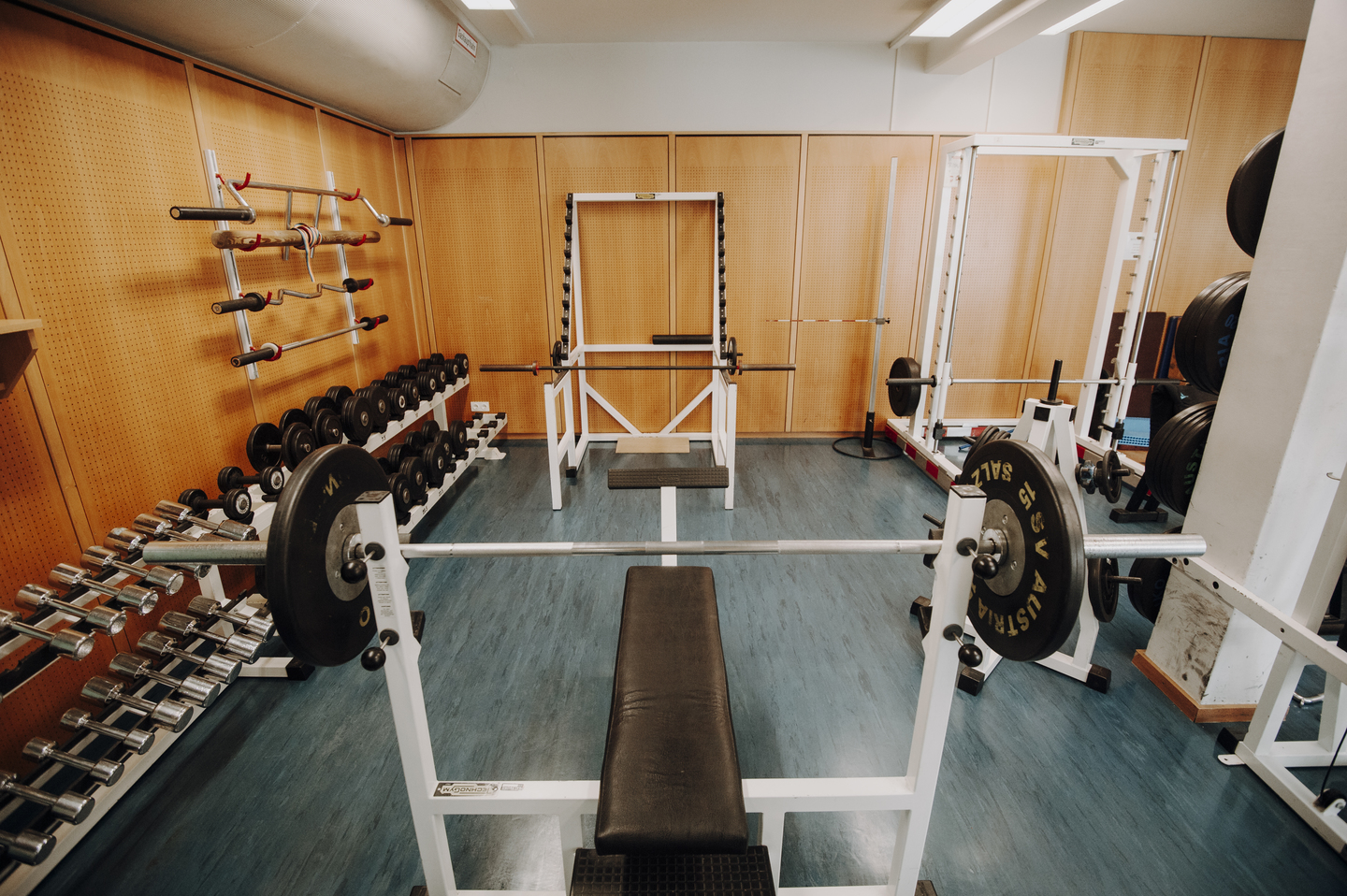Article, Part 1
How Can I Train for Strength

Strength Training Safely and Effectively
First, what can we consider strength training? It's the kind that involves muscular efforts you can't sustain for more than a few minutes without a break. In exercise recommendations for the cancer population developed by the American College of Sports Medicine, experts have concluded that by including strength training at least twice a week (comprising a minimum of two sets per exercise with 8-15 repetitions at an intensity exceeding 60% of 1-repetition maximum) alongside aerobic training, we can maximize the benefits of exercise.[1]
First, what can we consider strength training? It's the kind that involves muscular efforts you can't sustain for more than a few minutes without a break. In exercise recommendations for the cancer population developed by the American College of Sports Medicine, experts have concluded that by including strength training at least twice a week (comprising a minimum of two sets per exercise with 8-15 repetitions at an intensity exceeding 60% of 1-repetition maximum) alongside aerobic training, we can maximize the benefits of exercise.[1]
How can I train strength?
With the arrival of the COVID-19 pandemic, many of us were compelled to exercise at home using resistance bands, kettlebells or even heavy objects found around the house. This is one of the great advantages of strength training: it can be done virtually anywhere, whether outdoors (in a park, on the beach or climbing) or indoors (at home, in a sports hall or in a hotel room), without the need for expensive equipment or going to a gym. You can use household items you find (if we do not have specific sports equipment), such as a suitcase, a water jug, or milk cartons, or you can perform exercises using your body weight.
Another good news is that it is not necessary to lift heavy weights to benefit from an increase in muscle mass. This means that you can perform exercises with lighter weights, pushing close to muscle failure (which is the limit where we can't do any more repetitions) or performing more repetitions, and still derive meaningful benefits for your muscle mass.
Conclusions
The benefits of strength training are undeniable. However, since it has traditionally been associated with weightlifting in gyms and linked to muscle building, it raises many questions when it comes to its implementation among the general population and, particularly, among cancer survivors. Nevertheless, the numerous possibilities it offers for implementation should provide a solid foundation for its adoption.
Author: Javier S. Morales; University of Cadiz.
Sources:
1. Schmitz, K.H.; Campbell, A.M.; Stuiver, M.M.; Pinto, B.M.; Schwartz, A.L.; Morris, G.S.; Ligibel, J.A.; Cheville, A.; Galvao, D.A.; Alfano, C.M.; et al. Exercise is Medicine in Oncology: Engaging clinicians to help patients move through cancer. CA. Cancer J. Clin. 2019, 69, 468, doi:10.3322/CAAC.21579.
